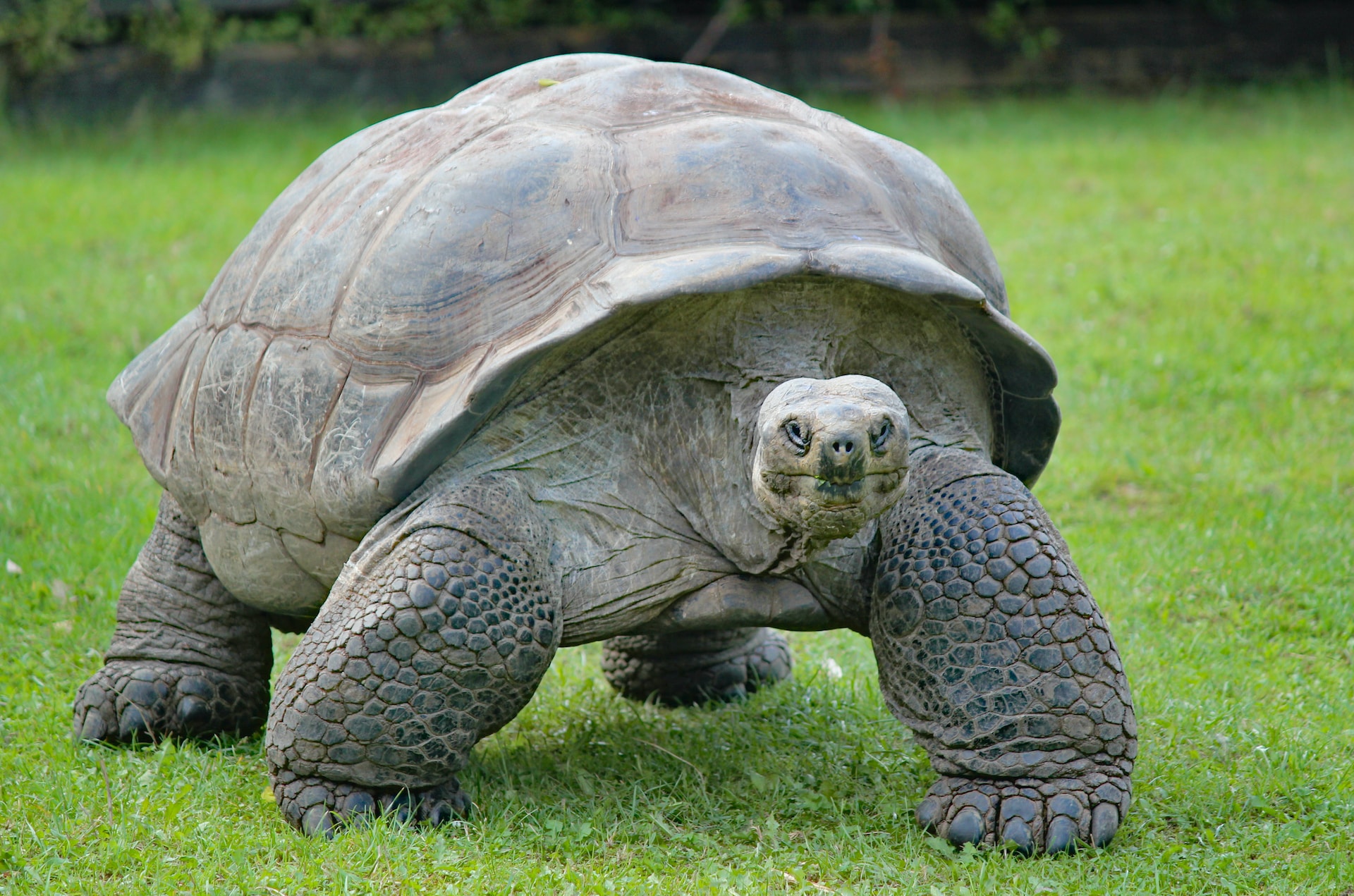Tortoises, known for their distinctive shells and leisurely pace, have fascinated humans for centuries. These creatures, often mistaken for their aquatic relatives, the turtles, are shrouded in tortoise myths and folklore.
In this article, we’ll explore some of the most common myths about tortoises and uncover the truth behind these remarkable reptiles.
Tortoise Myths

1. Tortoises Are Slow Because They Are Lazy
One of the most prevalent myths about tortoises is that their slow movement is due to laziness. In reality, tortoises are slow movers because of their metabolic rate, which is adapted to conserve energy. Their robust shells, which provide protection, also add significant weight, making rapid movement challenging.
2. Tortoises Can Live Without Food or Water for Years
Another common belief is that tortoises can survive for years without food or water. While it’s true that tortoises can withstand harsh conditions and go for extended periods without food, they cannot survive for years without sustenance. Their ability to store water and slow metabolism helps them survive longer than most animals during droughts.
3. Tortoises Can Be Outgrown From Their Shells
A widespread misconception is that tortoises can outgrow and abandon their shells. In reality, a tortoise’s shell is part of its skeleton, growing and changing with the animal throughout its life. The notion of a tortoise leaving its shell is biologically impossible.
4. All Tortoises Live Extremely Long Lives
While it’s true that many tortoise species have long lifespans, often exceeding a century, not all tortoises live to such old ages. Lifespan varies widely among different species, with environmental factors and care playing significant roles.
5. Tortoises Are Silent Creatures
Contrary to the belief that tortoises are silent, they can make various sounds. During mating, for instance, many species of tortoises make grunting or moaning noises. These sounds are essential for communication, especially in the wild.
Conclusion
Tortoises are extraordinary creatures, and understanding the truths behind these myths helps us appreciate their unique qualities.
By debunking these common misconceptions, we gain a deeper appreciation for these fascinating reptiles and their place in the natural world.

